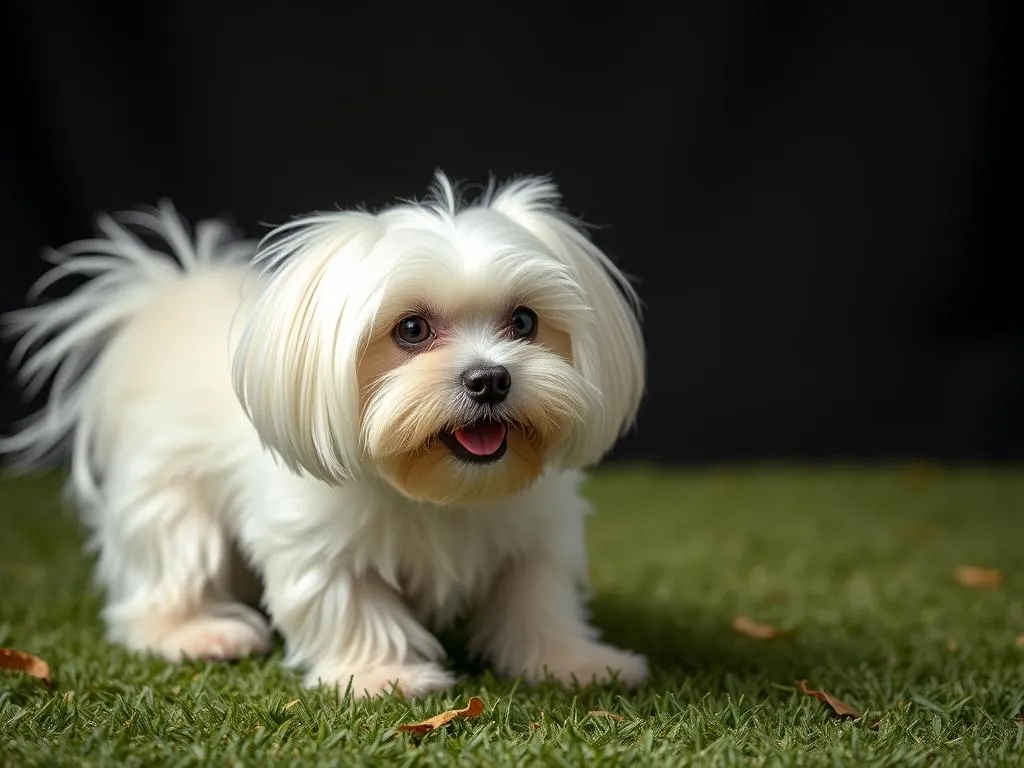
Introduction
Potty training is a crucial aspect of pet ownership, especially for Maltese dogs, who are known for their small size and affectionate nature. Due to their petite build, Maltese can face unique challenges during the potty training process. Understanding these challenges and knowing how to address them is essential for a smooth training experience. Successful potty training not only improves hygiene in your home but also reduces stress for both you and your furry friend.
Understanding the Maltese Breed
Characteristics of Maltese Dogs
The Maltese breed is characterized by its small stature, typically weighing between 4 to 7 pounds and standing about 8 to 10 inches tall. They have a long, flowing coat that requires regular grooming. Maltese dogs are known for their playful and affectionate temperament, making them excellent companions. Their lifespan ranges from 12 to 15 years, and they are generally intelligent and eager to please.
Why Potty Training is Essential for Maltese
Maltese dogs can develop certain habits and behaviors that may complicate potty training. For instance, their small bladder size means they need to relieve themselves more frequently than larger breeds. Additionally, without proper training, they might resort to indoor accidents, which could lead to health issues like urinary tract infections. Therefore, effective potty training is vital for maintaining their health and ensuring a harmonious living environment.
Preparing for Potty Training
Essential Supplies
Before embarking on your potty training journey, gather the necessary supplies. Here’s a list to get you started:
- Puppy Pads: These are useful for indoor training.
- Crate: A crate can help in monitoring your Maltese and preventing accidents.
- Treats: Use small, tasty rewards to encourage good behavior.
- Leashes: Essential for outdoor potty breaks.
- Enzyme Cleaner: Helpful for cleaning up any accidents.
Choosing high-quality products can make a significant difference in the training process. For instance, using absorbent puppy pads can help prevent leaks and odors, making training more manageable.
Setting Up a Designated Potty Area
Establishing a consistent potty area is crucial for training success. Whether you choose an outdoor spot or an indoor setup, the location should be easily accessible and free from distractions. If you opt for outdoor training, select a quiet area away from noise and foot traffic. For indoor training, place puppy pads in a designated space where your Maltese feels comfortable.
Understanding Your Maltese’s Needs
Being attentive to your Maltese’s behavior is essential in recognizing when they need to go. Common signs include sniffing the ground, circling, or whining. Additionally, factors such as their age, diet, and daily routine can impact their potty habits. Puppies generally need to relieve themselves more often than adults, so factor this into your training schedule.
The Potty Training Process
Step 1: Establishing a Routine
Creating a consistent schedule is fundamental to successful potty training. Take your Maltese outside or to their designated potty area frequently—ideally after meals, playtime, and naps. A general rule of thumb is to take them out every two hours, especially in the beginning. This helps reinforce the behavior you want to encourage.
Step 2: Using Positive Reinforcement
Positive reinforcement is one of the most effective techniques for potty training a Maltese. When your dog successfully goes in the right spot, immediately reward them with praise or a small treat. This will help them associate the action of pottying in the correct location with positive outcomes. Consistency is key, so make sure you reward them every time they get it right.
Step 3: Monitoring and Supervision
Keeping a close watch on your Maltese during the potty training process is critical. By monitoring their behavior, you can anticipate when they might need to go outside. If you cannot supervise them directly, consider using a crate. Crate training not only helps with potty training but also provides your Maltese with a safe space when you cannot be present.
Step 4: Handling Accidents
Accidents are a natural part of the potty training process. It’s essential to remain calm and avoid punishing your Maltese. Instead, focus on cleaning up the mess effectively. Use an enzyme cleaner to eliminate odors, as lingering smells can encourage repeat accidents in the same spot. If you catch them in the act, gently redirect them to the correct potty area.
Troubleshooting Common Potty Training Issues
Regression in Potty Training
Sometimes, a Maltese may regress in their potty training. This can happen due to changes in their environment, stress, or even medical issues. If you notice your dog having accidents after they’ve been trained, take a step back and reassess the situation. Try to identify any changes that may have occurred and restore their routine to a more consistent state.
Health Concerns Affecting Potty Training
Certain health issues can affect your Maltese’s potty habits, such as urinary tract infections or gastrointestinal problems. If your dog seems to struggle with potty training despite your best efforts, it’s wise to consult a veterinarian. Early detection of health issues can lead to more effective treatment and a smoother potty training process.
Advanced Potty Training Techniques
Transitioning from Pads to Outdoors
Once your Maltese is consistently using puppy pads, you can begin transitioning to outdoor potty training. Start by moving the pads closer to the door that leads outside. Gradually remove the indoor pads once your pet is comfortable going outside. This transition may take time, so be patient and maintain a consistent schedule.
Training for Different Environments
Potty training can vary depending on your living situation. If you live in an apartment, you may need to take your Maltese out more frequently, especially if there are no designated potty areas nearby. For those with yards, establishing a routine may be easier. Additionally, if you travel with your Maltese, bring along puppy pads and try to maintain their regular potty schedule as much as possible.
Maintaining Success After Potty Training
Reinforcing Good Habits
Even after your Maltese is fully potty trained, it’s important to continue reinforcing their good habits. This can be achieved by maintaining a consistent routine and providing occasional rewards. Regularly taking them out at the same times each day will help solidify their understanding of when and where to go.
Socialization and Its Role in Potty Training
Socialization can significantly impact your Maltese’s potty habits. Exposing them to different environments, people, and other dogs can help them learn to be more adaptable. During the potty training process, consider introducing your Maltese to various situations while maintaining their routine. This will help them grow more confident in their abilities and reduce the likelihood of accidents.
Conclusion
Potty training a Maltese can be a rewarding journey with the right approach. By understanding the unique characteristics of the breed, preparing adequately, and implementing a consistent routine with positive reinforcement, you can successfully teach your Maltese where to go. Remember to be patient and flexible, as every dog learns at their own pace. Your persistence will lead to a happier, healthier relationship between you and your furry companion.









